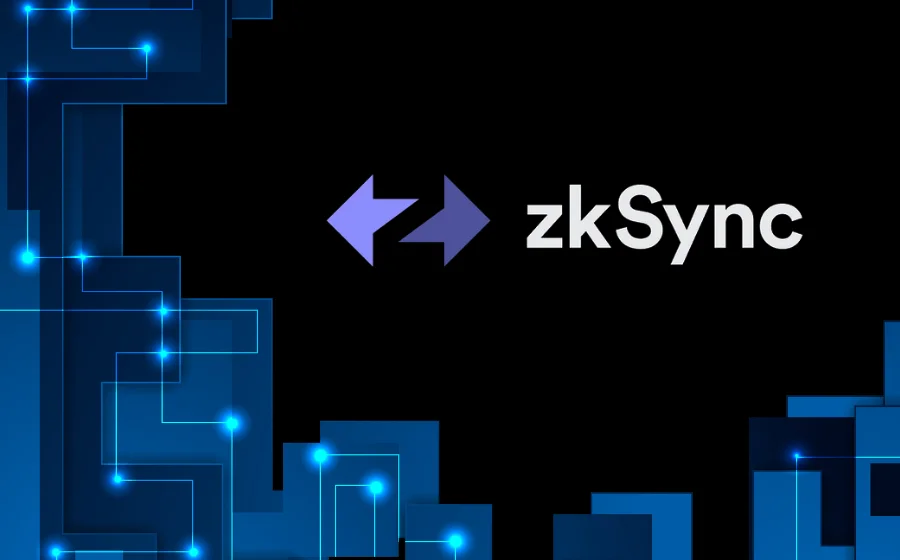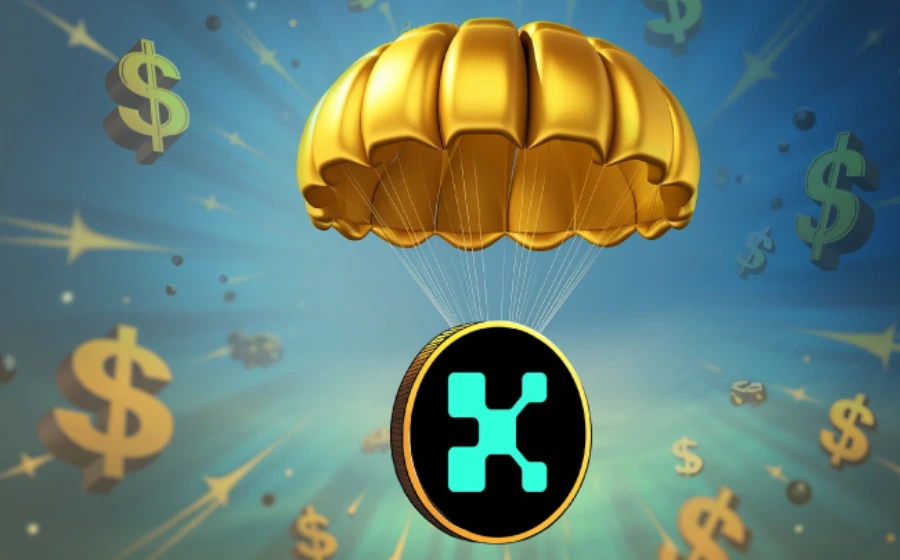
KEYTAKEAWAYS
- zkSync uses ZK-Rollup technology to compress transactions, lowering gas fees significantly compared to Ethereum’s mainnet.
- Despite high transaction throughput and cost efficiency, zkSync's ecosystem projects remain limited and somewhat homogenous.
- The launch of zkSync's native token, ZK, saw initial excitement but faced a 40% price drop within a week, reflecting market volatility.

CONTENT
zkSync leverages ZK-Rollup technology to enhance Ethereum‘s scalability, reducing gas fees and supporting high transaction throughput. Let’s discover its features, challenges, and recent token launch!
Since the explosive growth of DeFi applications on Ethereum, transaction fees have soared, leading to an increased demand for faster and more affordable solutions like sidechains and Layer 2 technologies.
Rollups, a form of Layer 2 technology, compress multiple transactions and return them to the main chain for consensus validation, significantly reducing gas fees. Among the projects utilizing Rollups, zkSync has recently become a focal point of discussion.
WHAT IS ZKSYNC?
zkSync is an Ethereum Layer 2 scaling solution, developed to enhance transaction throughput and reduce costs using ZK-Rollup technology. It is recognized alongside Optimism, Arbitrum, and Starknet as one of the key members of Layer 2 solutions.
Here are some key features of zkSync:
- ZK-Rollup Technology: Compresses multiple transactions into a single batch submitted to the Ethereum mainnet, drastically lowering gas fees by distributing the cost across numerous transactions.
- High Throughput: Supports hundreds of transactions per second (TPS) compared to Ethereum’s mainnet, which handles about 15 TPS.
- Security: All transactions are ultimately validated on the Ethereum mainnet, ensuring the security and integrity of ZK-Rollup’s zero-knowledge proofs.
- Cost Efficiency: Transactions on zkSync are significantly cheaper than on the Ethereum mainnet due to reduced gas fees.
- Decentralization: zkSync operates without centralized control, minimizing centralization risks.
- Compatibility: Supports Ethereum’s smart contract standards (e.g., ERC-20, ERC-721), facilitating easy migration of existing applications to zkSync.
CHALLENGES FACED BY ZKSYNC
Despite its advancements, zkSync faces several challenges. According to L2BEAT, zkSync Era’s total value locked (TVL) reached nearly $1.29 billion as of June 26, a 55.3% increase since the beginning of the year. However, the ecosystem’s projects are limited and somewhat homogenous.
As of May, zkSync’s ecosystem comprised 243 projects across DeFi, gaming, marketplaces, NFTs, social platforms, wallets, and DEXs. Yet, DeFiLlama data shows only four projects with TVLs over $10 million, accounting for nearly 66% of the total TVL.
Dune Analytics data indicates that as of May 6, zkSync Era had nearly 3.13 million users, a 16.3% increase since the start of the year, with over 3.22 million ETH bridged, up by 38.8%. However, the average ETH bridged per user was just 1.37, with over 80% of users bridging less than 1 ETH, showing a preference for low-cost participation.
From January to May, zkSync Era generated approximately 1,848 ETH in gas fee profits, accounting for 10.3% of total rollup profits. However, this is significantly lower than profits from other Layer 2 solutions like Base, Arbitrum, and Scroll.
A 40% PLUNGE IN ONE WEEK AFTER ZKSYNC NATIVE TOKEN AIRDROP
On June 17, zkSync officially launched its native token, ZK, and distributed an airdrop to early users and adopters. However, just one week after its release, the excitement quickly faded, causing the ZK token price to plummet by over 40%, and the number of active addresses and transaction activity also saw a significant decline.
According to a report by The Block, the ZK token’s market capitalization was $1 billion at the time of launch. Although it briefly rose to $1.116 billion on the first day of trading, continuous sell-offs by users who received the airdrop, combined with the overall weak cryptocurrency market, led to a steady decline in ZK’s market cap.
At the time of writing, the market capitalization of the ZK token is approximately $580 million, with a fully diluted valuation (FDV) of $3.34 billion, a 40% reduction from its initial launch. The token price has also dropped from $0.2998 to $0.159, a 47% decrease.
Looking back at the week before the ZK token launch, the number of new addresses on the zkSync Era chain was relatively stable, with an average daily increase of about 7,000. However, on the day the ZK token was launched, the number of new addresses surged to 18,000, then increased by 76% to 31,800 on the second day, and further rose by 12% to 35,800 on the third day.
Simultaneously, the 7-day moving average of transactions on the zkSync Era reached a three-month high on the day of the ZK token launch, processing over 1.8 million transactions. This spike was due to users rushing to claim the airdrop, but this activity did not last. The number of on-chain transactions dropped by 37% the day after the ZK launch and decreased by another 32% on the third day.
SECURITY AND ECOSYSTEM ISSUES
The zkSync ecosystem has faced several incidents undermining user trust. High-profile attacks and rugs, such as the $3.4 million flash loan attack on Eralend and the $550,000 hack on xBank Finance, have highlighted inadequate compensation for affected users. Additionally, the ZKasino controversy, involving the unauthorized conversion of user funds, further tarnished zkSync’s reputation. Official responses to these issues have been criticized for insufficient action and oversight, prioritizing gas revenue over ecosystem health and user protection.
zkSync’s innovative approach and significant growth underscore its potential in the Layer 2 space. However, the challenges of ecosystem diversity, user engagement, security, and effective governance must be addressed to sustain and expand its market position. As Layer 2 solutions continue to evolve, zkSync’s ability to navigate these hurdles will be crucial for its future success.
















